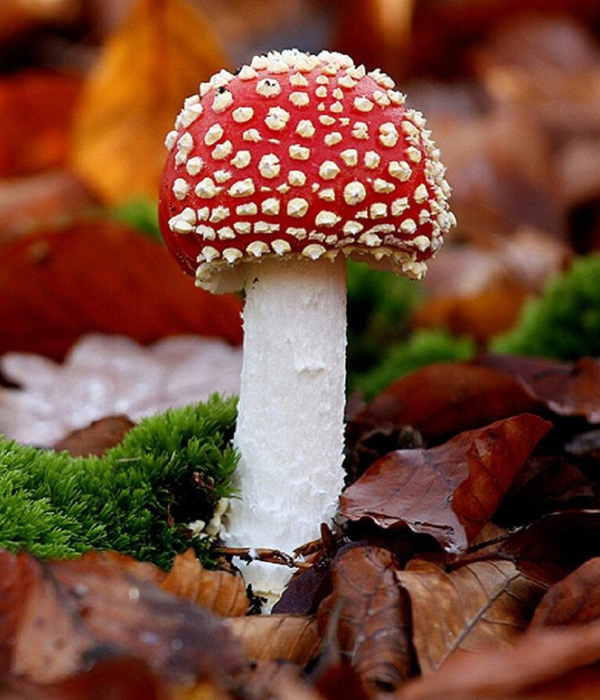
Does the red fly agaric (Amanita Muscaria) have a history?
The red fly agaric (Amanita muscaria) occupies a special place in the culture and history of many peoples, from Siberian shamans to Scandinavian warriors, and even appears in the ancient Indian Vedas. Despite its attractive appearance, the red fly agaric is known for its toxicity and psychoactive properties, making it an object of interest for scientists, doctors, and nature enthusiasts. Let's explore the historical facts related to the red fly agaric and delve into its use in various cultures and traditions over the centuries.
Northern Shamanic Traditions:
In the cultures of northern peoples, such as Siberian shamans, the red fly agaric was used in rituals to enter altered states of consciousness. Shamans consumed the fly agaric to communicate with spirits and conduct healing ceremonies.
Scandinavian Mythology:
In Scandinavian mythology, it is believed that Vikings may have used the fly agaric to prepare for battle, inducing them into a state of combative frenzy known as "berserk."
Ancient Vedas:
In the ancient Indian Vedas, there is a beverage called "soma," which some scholars believe could contain the fly agaric. This drink was considered sacred and imparted immortality.
Karelian and Finnish Traditions:
In Karelia and Finland, the fly agaric was used to treat various illnesses, as well as to improve mood and physical endurance.
European Alchemy:
During the Middle Ages, alchemists studied the fly agaric in search of the philosopher's stone or the elixir of life. Alchemists believed that the fly agaric could possess magical properties.
Siberian Hunters:
In some Siberian regions, hunters consumed the fly agaric before hunting, believing it would give them strength and luck.
Soviet Experiments:
In the 20th century, the Soviet Union conducted research on the psychoactive properties of the fly agaric. In particular, its ability to induce hallucinations and alter the mental state of individuals was studied.
Traditional Medicine:
In some Asian cultures, the fly agaric was used as a folk remedy to treat stomach ailments, arthritis, and other diseases.
Folklore and Literature:
The red fly agaric is mentioned in many European fairy tales and legends as a magical mushroom associated with fairies and other mythical creatures. It is often depicted as an element of enchanted forests.
Popular Culture:
The red fly agaric became a symbol of the psychedelic culture of the 1960s. Its images were frequently used on posters and in artworks of that era.
These facts demonstrate that the red fly agaric has a rich history of use in various cultures around the world, despite its toxicity and potential dangers.










